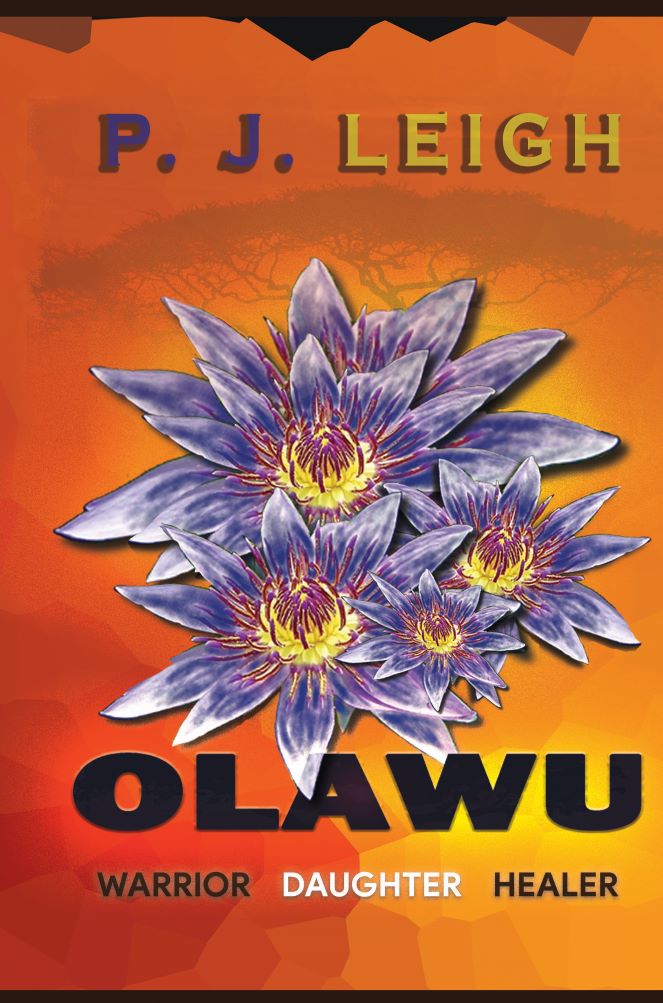
Crafting A Short Story: Plot Development
Thinking about writing a short story? This article marks the first in my Crafting A Short Story series. Throughout the series, I will discuss crucial elements of a short story, offer my best practices, and develop a short story in real time as an example. One of the best places to start on a short story is with the actual story, or plot. Below, I will lay out plot development strategies in detail. Many of these things apply to long form story writing as well, so even if you’re not working on a short story, you may find the information useful.
Step One: Decide What You Want to Write:
When I entered into the NYC Midnight Short Story Contest, I was given certain parameters for my story. For my short story, “Two Can Play That Game,” the genre had to be horror, one of the characters had to be a professor, and the subject had to be centered around entitlement. These parameters narrowed the scope of my writing and gave me freedom to explore a manageable number of possibilities.
But what if you’re writing a story with no given parameters? Where do you even begin? If you already have an idea for your story, great! But if you’ve got no clue what to write, here are a few suggestions to get you started.
Write a story you want to read.
Some of the best stories I’ve read are the kind that made me laugh out loud. They don’t have to be deep to be deeply meaningful. Think about the kinds of stories you like to read and start there. Tell a story about an adventure, an embarrassing moment, a hilarious series of unfortunate events. If you have a story idea but it doesn’t excite you, keep looking.
Write what you know.
I say this with the understanding that this phrase is overused, improperly used, and the subject of many a debate on and off social platforms. I used it because it makes a good header, but what I truly mean is to write about something you’re familiar with. It doesn’t mean that the whole of your story has to be gleaned from your own personal experience. But some aspect of it should be a reflection of you. Your personality, experiences, knowledge, insight. If you’ve been studying trees, by all means, write a story in a forest. Insert those intriguing facts and nuanced bits that make the story uniquely yours.
Use a writing kit.
I don’t usually have trouble coming up with story ideas, but there are times when my well runs dry. Using a writing kit is a great way to brainstorm ideas. Though I don’t swear by them, I have to say, using a random set of sticks to create plots and situations is always good for a laugh, if not a great story. If you pair a wooden leg with Gracie’s inability to keep a job, the story basically writes itself. I’m kidding, of course. (There are no shortcuts here).
Ask a lot of “What If” questions.
Let’s say you really enjoy stories involving high school experiences, and you want to write a story with that sort of set up. Make a list of things you commonly see in these types of stories. Here’s a short list of examples:
- Underdogs beat the odds.
- The shy kid somehow gets the attention of the prom king/queen.
- Outcasts showcase their talents and value.
- Bullies get what’s coming to them in the end.
Now, start asking your what if questions. Let’s take the first one. In a set up with an underdog, the outcome in the end is that they beat the odds, right? They score the last touchdown, they defeat the reigning champion, they win the election, whatever. But what if the underdogs don’t overcome the odds? How would that change the story? What lessons could be gleaned from it? What complications would it cause?
Look at the remaining ideas on the list and ask “what if” questions for those. Then pick a champion to propel your story into existence. I’m going with the underdogs theme for my story. Now it’s time to plot it out.
Step Two: Plot Out Your Story Arc
Story arcs in long form writing are filled with tons of plot points. Story arcs for short stories are also filled with tons of plot points, but the circles are smaller (Haha). In either case, the big three elements will still be present. Inciting incident, climax, resolution. For my story arc, I am using a high school character as my MC.
- Inciting Incident – A personal challenge with insurmountable or no-one-has-ever-done-it-before odds (because this is an underdog story). In a short story, the inciting incident often happens right away. Introduce the character, setting, and other introductory elements as you go.
- Climax – The culminating moment. Between the inciting incident and the climax, there should be a series of small obstacles. Three is good. Choose them wisely, and use them to build on your theme and character.
- Resolution – The fallout, and the lessons learned. In a short story, you probably don’t want to linger too long in resolution. Leave it hanging a bit, leave a few things unsaid. It will resonate more this way.
For my story, I will be introducing a high school senior eyeing the coveted prize of Valedictorian. There are a few challenges ahead:
- Complex internal struggles
- Social biases meant to discourage her from her goal
- Poor performances (due in part to 1 and 2) that adversely affect her ability to reach her goal
These challenges will be fleshed out in more detail during my next article in the series covering character development.
Writing a short story is much easier with a proper framework in place. I’ve done it the other way around on multiple occasions, and it’s a real headache trying to make things fit that just don’t fit. So do yourself a favor and do the pre-draft work for your plot. Thanks for reading, and be sure to read the next article in the Short Story series on Character Development.
That’s my Write or Die advice. Happy plotting.

